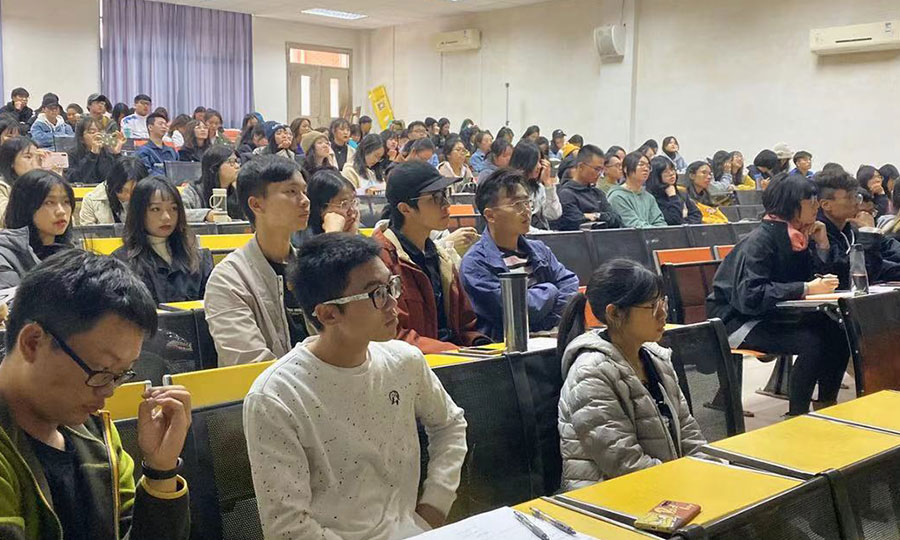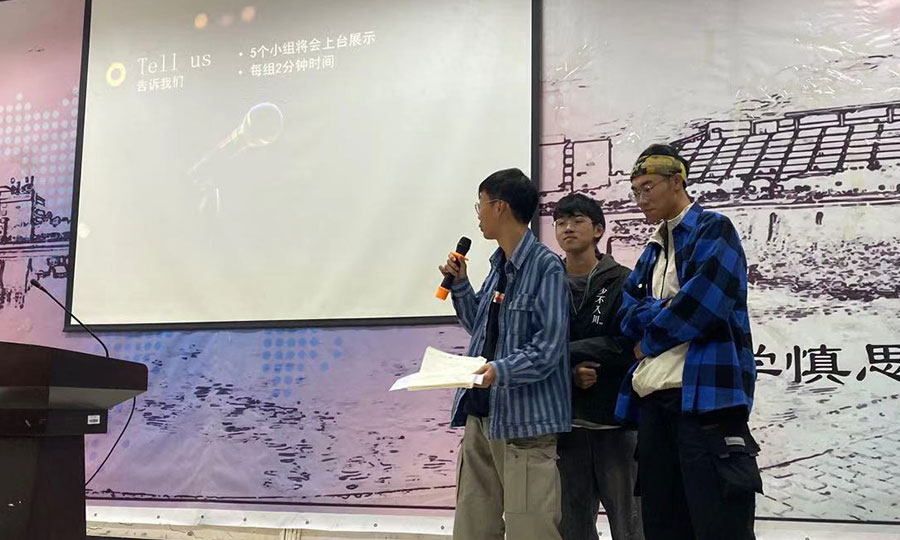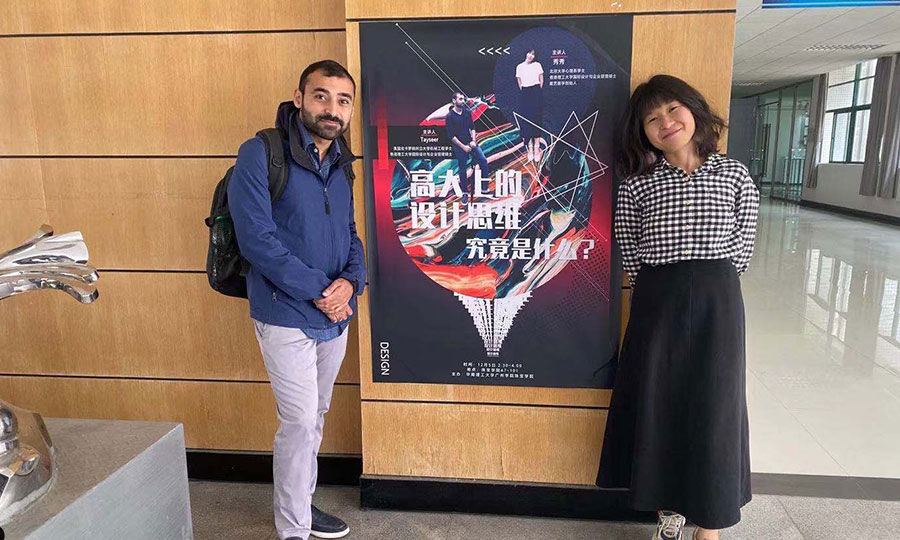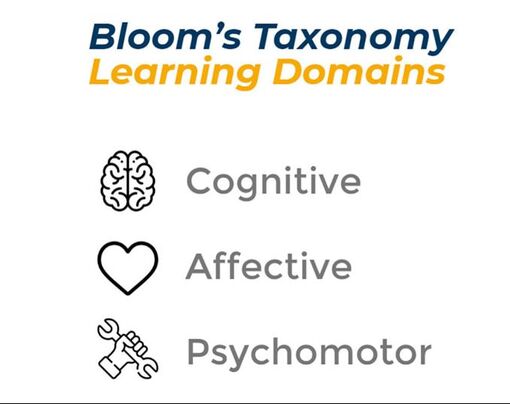How can planned embarrassments encourage engagement and enrich ideas generation and spark a demonstration of design attitude?
Challenge: Plan and administer a Design Thinking workshop to College Students in Guangzhou, China
In December 2019, we were invited to plan and present a design thinking workshop at a University in Guangzhou, China. The targets were young students, mostly between 18-20, from different parts of the country. Also, we were expecting about 100 participants at once. We decided to take on the opportunity.
Designing an experience for 100 participants was a manageable logistical challenge. However, the main underlying design challenge was: How can we encourage students to participate and not shy away?
Designing an experience for 100 participants was a manageable logistical challenge. However, the main underlying design challenge was: How can we encourage students to participate and not shy away?
Local Cultures and Embarrassment PlanningAs the workshop was taking place for a Mandarin-speaking audience, having the workshop delivered in the same spoken language was a must. Thus, a Mandarin-speaking team was leading the facilitation of the workshop.
With that in place, the discussion was more focused on how we can present the right challenge and how we could have the participants participate rather than giving us the silent treatment. Sharing best practices in brainstorming and generating ideas is good but often not effective in many circumstances. |
One of the recent discoveries to enhance brainstorming was how sharing an embarrassing story can help enrich the output of brainstorming, as explored by the Harvard Business Review. We decided to take that a little further on how we can be a bit embarrassing and daring within ourselves to lighten the atmosphere and lead an example that it is okay to be a bit vulnerable and exposed. One of the insights the team went on from was that young locals often feel too shy to make mistakes. This was very apparent in them stopping themselves from practicing the foreign languages they were learning.
The subtle approach we adopted was to get a foreigner to introduce the workshop using Mandarin Chinese. The speaker was barely able to speak Mandarin, which was not a problem. This was because making embarrassing mistakes and carrying them through was intentional. The hypothesis was that this seemingly embarrassing moment would serve as the embarrassing story highlighted in the Harvard Business Review article.
During the workshop, the non-local member faced young students speaking full sentences in broken Mandarin gave a complete workshop introduction. The local team guided this to account for any cultural sensitivity that might occur. When the team kick-started the workshop, the hall with more than 100 people went silent. The audience started leaning forward, trying to capture what the speaker was saying. To ensure understanding, the team included subtitles in the slides. As the introduction was concluded, the audience was more relaxed and focused. With everything else the team did, the results positively exceeded our design outputs expectations.
The subtle approach we adopted was to get a foreigner to introduce the workshop using Mandarin Chinese. The speaker was barely able to speak Mandarin, which was not a problem. This was because making embarrassing mistakes and carrying them through was intentional. The hypothesis was that this seemingly embarrassing moment would serve as the embarrassing story highlighted in the Harvard Business Review article.
During the workshop, the non-local member faced young students speaking full sentences in broken Mandarin gave a complete workshop introduction. The local team guided this to account for any cultural sensitivity that might occur. When the team kick-started the workshop, the hall with more than 100 people went silent. The audience started leaning forward, trying to capture what the speaker was saying. To ensure understanding, the team included subtitles in the slides. As the introduction was concluded, the audience was more relaxed and focused. With everything else the team did, the results positively exceeded our design outputs expectations.
The team's message with that introduction was a change in attitude that it is okay to dare. Luckily, the participants got the message which was reflected in their design output and overall participation. In the after-event feedback gathering phase, more than 50% of the written feedback mentioned the broken Mandarin as a key inspiration.
Broader Perspective with Blooms Taxonomy:The workshop can be further broadened to fit into Bloom's Taxonomy of learning domains. According to Bloom's taxonomy, there are three learning domains: cognitive, affective, and psychomotor. Respectively, they relate more to knowledge, attitudes, and skills. In academic settings, the major focus has always been on the cognitive domain. However, the affective domain is equally as crucial for design practitioners looking to be in the front lines of making innovations. Underlying principles of design innovation such as Design Thinking are more mindsets that translate into attitudes. This realization brings about a broad challenge for Design Educators, which can go like this: how might we inspire and nurture design attitudes within people?
|
It is all different:
Digging into how we can inspire attitudes, no one answer fits all. The example mentioned in the beginning was a small part of a bigger effort targeted at a well-defined group of people with a unique cultural context. For example, they were all aged 18-20 university students in Guangzhou, China. The approach would have been very different if the team was looking into a group of employees in a multinational business enterprise in the same city. This brings another challenge: how might we better customize design attitudes and inspiration approaches for different audiences?
Finishing up
At this point, there are no definitive answers to those questions. However, one approach that can always work is to build an understanding of the audience first and custom design a comprehensive experience that can work specifically for that intended audience.




